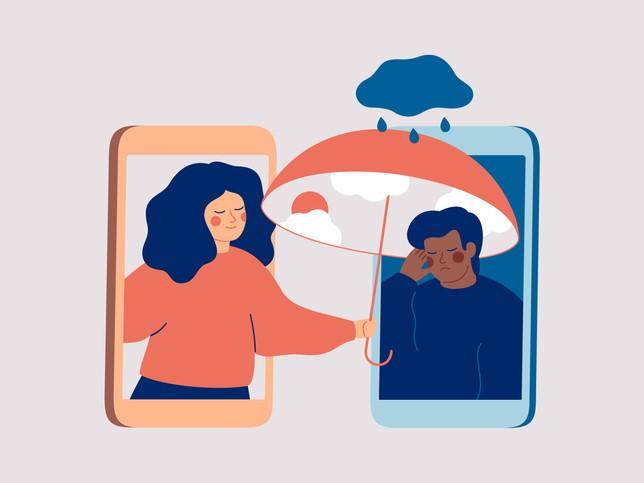
The importance of being a people-first leader – and tips on how to do it
There are many small ways you can show appreciation for your employees and make them feel valued on a daily basis, says Sabrina Casas
You may also like
Popular resources
When I was younger, I worked for a Marriott hotel, and one of Marriott’s core values was putting people first. Mr J. Willard Marriott has a famous quote that most Marriott associates know: “If you take care of your associates, they will take care of the customers, and the customers will come back.” This statement has stuck with me throughout my career, and I think it translates to every industry, including higher education.
If you want to have a productive team, I believe you need to invest in your employees. Coaching them toward goals and initiatives is important, but the real investment, the more important one, is investing in them as people.
- Leading through mentorship: a guide to the ups and downs
- Five ways to motivate and inspire a high-performing team
- Modern higher education leaders must blend business and educational knowledge
In my role as director of student success at Colorado State University Global, I try to find ways to connect with my team and encourage engagement. For example, a few months ago, we threw an awards ceremony and issued certificates celebrating the unique talents and expertise each individual team member brings to the table. I have a fully remote team with employees all over the country, so this was a virtual ceremony, but we tried to make it feel fun and engaging. We asked people to set up either a fun virtual background or wear their favourite hat or wig for the occasion. The “awards” celebrated everything from our resident coffee connoisseur to our deadline slayer, Excel wizard and head cheerleader. Further, when the hurricane hit Florida and Georgia in September, I reached out to my team members in that area. I wanted to make sure first and foremost that they were safe and they knew we would offer them flexibility should they end up losing power. This is an example of a small gesture that can leave a big impact.
Being a people-first leader does not always have to involve big, grand moves. There are many small ways you can show appreciation for your employees and make them feel valued on a daily basis:
Listen
Take the time to listen to your employees and get to know them outside their job description and roles. One way to instigate this is by including a personal question at the beginning of each weekly team meeting. This could be something silly and fun, or more thought-provoking. For example, before diving into the agenda, have everyone share their thoughts on a question such as: “What is a skill you wish you had learned?” or “Which vacation would you like to take again?” Such questions spark conversation between teammates and offer a way to learn new anecdotes about each other.
Get to know their interests
Ask about employees’ hobbies, weekends and their families. I have an ongoing group chat with my employees, and I encourage team members to share in that space. Recently, we all shared pictures of ourselves, our kids and/or our pets dressed up for Halloween.
Be flexible
Provide employees with flexibility and understanding when they need to take time off. Sometimes life happens, and people run into unexpected situations. If an employee gets sick or their child is in a baseball tournament, they shouldn’t feel anxious or worried about asking for time off or to work different hours.
Encourage work-life balance
Encourage your employees to have a healthy work-life balance. The single best way to achieve this is by prioritising work-life balance in your own role as leader and modelling this to employees. You can even encourage employees to take mental health days off a few times a year using their accrued sick time. Also, show that you are not chained to your desk either by always setting an out-of-office response on your emails when you take time off, even if it’s just an afternoon.
Everyone wants to feel a sense of meaning and belonging, whether it’s employees to their place of work or students to their school. I strongly believe that if I treat my team with compassion and understanding, they will do the same with the students they work with.
Sabrina Casas is director of the student success department at CSU Global. She has been with CSU Global for seven years, and her favourite part of working in higher ed is helping students and staff reach their full potential.
If you found this interesting and want advice and insight from academics and university staff delivered direct to your inbox each week, sign up for the THE Campus newsletter.





Comments (2)
or in order to add a comment